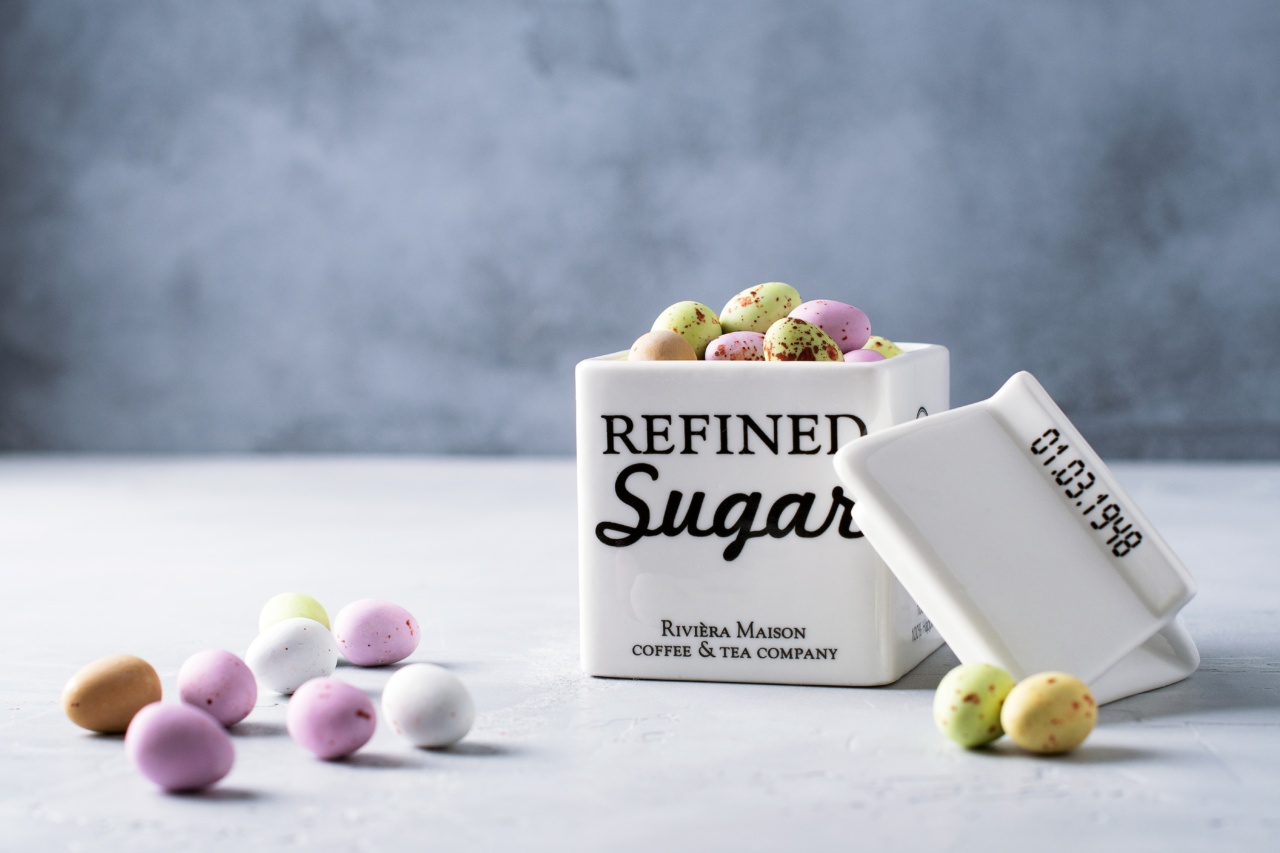When it comes to getting enough Vitamin D, most of us think of sunshine and supplements.
However, there is another surprising way to raise your Vitamin D levels – eating chocolate! Chocolate contains a surprising amount of Vitamin D, with some varieties having more than others. In this article, we will explore the benefits of Vitamin D, the types of chocolate that contain it, and the best ways to incorporate chocolate into your diet to boost your Vitamin D levels all year long.
What is Vitamin D and Why is it Important?
Vitamin D is a nutrient that our body produces when our skin is exposed to sunlight. The Vitamin D we get from the sun, supplements, and food is crucial for the development and maintenance of strong, healthy bones.
It helps our bodies absorb calcium and phosphorus, minerals that are essential for bone growth and health. Vitamin D also supports the function of our immune system, muscles, and nerves.
Unfortunately, many people don’t get enough Vitamin D, and this can lead to a range of health issues.
Low Vitamin D levels have been linked to bone diseases like osteoporosis, as well as autoimmune disorders, cardiovascular diseases, and mental health issues like depression and anxiety.
Types of Chocolate that Contain Vitamin D
Most people don’t think of chocolate as a source of Vitamin D. However, several types of chocolate do contain significant amounts of this essential nutrient.
Dark Chocolate
Dark chocolate is the richest source of Vitamin D among all the types of chocolate. It contains around 16 IU of Vitamin D per 100 grams. The higher the cocoa content of the dark chocolate, the more Vitamin D it contains.
Dark chocolate with at least 70% cocoa solids is the best choice if you want to boost your Vitamin D levels while satisfying your sweet tooth.
Milk Chocolate
Milk chocolate contains less Vitamin D than dark chocolate, with around 5 IU of Vitamin D per 100 grams. However, milk chocolate is still a good source of this essential nutrient, and many people find it more palatable than dark chocolate.
White Chocolate
White chocolate contains the least amount of Vitamin D of all the types of chocolate, with only 1 IU of Vitamin D per 100 grams. White chocolate is made with cocoa butter, milk, and sugar, but it contains no cocoa solids.
Since cocoa solids are where the majority of the nutrients, including Vitamin D, are found, white chocolate is not the best choice if you’re looking for a Vitamin D boost.
Benefits of Eating Chocolate for Vitamin D
Eating chocolate for Vitamin D has several benefits beyond satisfying your sweet tooth. Here are some of the benefits of eating chocolate for Vitamin D:.
Delicious and Easy to Incorporate into Your Diet
Chocolate is delicious and easy to incorporate into your diet. You can enjoy it as a standalone snack, add it to recipes, or use it as a topping for desserts like ice cream and cakes.
Less Expensive Than Supplements
Vitamin D supplements can be expensive, especially if you need to take them regularly to maintain your Vitamin D levels. Chocolate, on the other hand, is a relatively affordable way to boost your Vitamin D levels.
Good for Your Heart and Brain
Dark chocolate, in particular, has been shown to have several heart and brain health benefits. Studies have shown that eating dark chocolate can lower blood pressure, improve blood flow to the brain, and boost cognitive function.
These benefits are thought to be due to the high levels of flavanols found in dark chocolate.
Tips for Incorporating Chocolate into Your Diet to Boost Your Vitamin D Levels
If you’re looking to boost your Vitamin D levels with chocolate, here are some tips to help you incorporate it into your diet:.
Choose Dark Chocolate with High Cocoa Content
As mentioned earlier, dark chocolate with at least 70% cocoa solids is the best choice if you want to boost your Vitamin D levels. The higher the cocoa content, the more nutrients, including Vitamin D, the chocolate contains.
Use Chocolate as a Topping for Your Favorite Foods
You can use chocolate as a topping for your favorite foods, like oatmeal or yogurt. This is an easy and delicious way to add more nutrients, including Vitamin D, to your diet.
Bake with Chocolate
You can also bake with chocolate to add more nutrients, including Vitamin D, to your favorite desserts. Try adding dark chocolate chips to muffins, cookies, or brownies.
Snack on Chocolate
Finally, you can snack on chocolate to satisfy your sweet tooth and boost your Vitamin D levels. Just remember to choose high-quality dark chocolate with a high cocoa content to maximize the amount of Vitamin D you’re getting.
Conclusion
Chocolate may not be the first thing that comes to mind when you think of Vitamin D, but it is a surprisingly good source of this essential nutrient.
Dark chocolate, in particular, has a high concentration of Vitamin D and other nutrients that can benefit your overall health. By incorporating chocolate into your diet in smart ways, you can easily and affordably boost your Vitamin D levels all year long!.






























